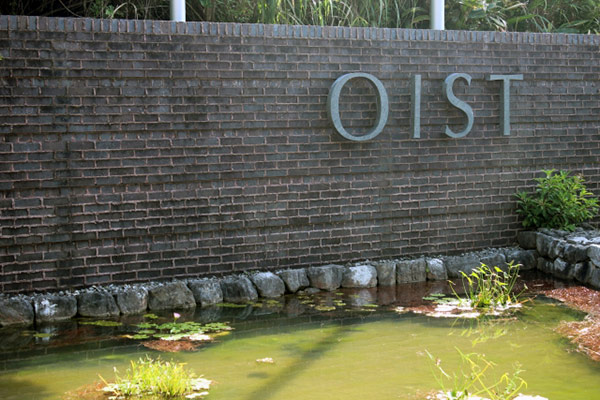Sakura Mentor
About Okinawa Institute of Science and Technology
Johannes Nicolaus Wibisana
Updated in October 2023
A lot of people have asked about my decision to pursue my PhD at my current university. Doing a PhD plays a pivotal role in shaping one’s future, there are a lot of considerations to be taken as this one choice can affect a researcher’s career tremendously. For me, I decided to leave my previous university and research, which was highly established to join Okinawa Institute of Science and Technology (OIST), a new university in Japan which has a unique approach to research unlike any other in Japan. Established in 2011 and offering only 5-year PhD program in Science, OIST has established itself to be one of the leading research universities in Japan, ranking 1st in Japan by the number of normalized high impact publications. Here, I would like to share some of the pros and cons of OIST and the considerations I took when I chose OIST for my PhD studies.

International research environment
In Japan, students may struggle to adapt due to the usually monotonic Japanese environment that is rarely even English speaking. Here, the environment is highly international, where the main language of instruction is English. Around 80% of the students are not from Japan, which means that the student environment is also very highly international. This is very attractive for me, who still wanted to live in Japan but was longing the international environment after having spent my last 6 years in a Japanese university.
Collaborative research environment
Due to this university having no department, it is very easy to conduct interdisciplinary collaborations. There are many examples of this. For example, there are many researchers conducting research at the intersection of biology and mathematics, among many other things. Furthermore, by having no department, it is very easy to get to know people from other fields, which leads to a good amount of knowledge exchange.
Student funding
I’m sure that funding is always a problem when deciding on a PhD program. However, OIST has distinguished itself by offering students an exceptional level of financial support. This funding is the most, if not one of the most generous in Japanese universities. Students can expect to have a relatively higher standard of living by pursuing their PhD here. Most importantly, everyone receives funding and so students can focus on their studies without the worry of securing funding or earning money through other means. Furthermore, students also receive a set number of business trips that are paid for by the graduate school per year, which is rarely available in other universities.
Location and campus
I have already explained Okinawa in my previous columns, but I will summarize a bit here. OIST has a very beautiful campus, with residential areas within the campus. Currently, we have in total 5 labs as of 2023, with plans to expand to many more. Most students are by default living inside campus, which makes commute a breeze. As it is far from the city of Naha, it can be difficult to live here, especially as supermarkets are not available close by. However, the campus is situated in Onna village, with beautiful beaches and crystal-clear waters, and is one of the most popular tourist destinations in Okinawa.
Conclusions
Here, I have explained mostly the pros and some cons of doing a PhD at OIST. While it is not really placed strategically, it boasts a highly international and productive research environment where most researchers will be satisfied. While it is a fairly young university, with generous funding and cutting-edge research facilities, it is one of the most competitive universities in Japan and the world. I have not explained much about the PhD program in this column, and therefore I plan to explain about the PhD program system in another column.







